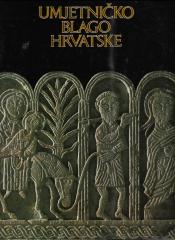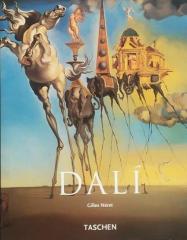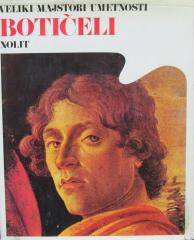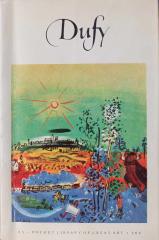
Istarske freske / Istrianische fresken: 12 reprodukcija
The large amount of preserved wall painting in a relatively small area such as Istria is amazing. There are approximately 140 localities, from large and sumptuous fresco cycles to individual scenes and small fragments.
The first frescoes in Istria were created at the turn of the 8th to the 9th century, but the real production of wall painting began in the 11th century and lasted until the middle of the 16th century. Istrian frescoes are living and authentic art and almost all of them are found in small churches, picturesque Istrian towns, villages or, lonely, on a hill. The church of that time was not finished until the master painters decorated it with frescoes. In the Middle Ages, frescoes were not just decoration, they were much more than that. Illiteracy, a common phenomenon in the medieval Istrian village, was alleviated with frescoes, reading for the illiterate. The villager admired the depictions of Christ, the Mother of God, God, he prayed to the image of the patron saint of the church, the parish and the town, but he was also afraid of sinning, because he knew: scenes from the last judgment awaited him, warnings that painters strategically placed on the west wall, at the exit from churches. The Istrian frescoes are actually texts translated into pictures, the content of which is understandable to the audience who watches and reads them.
One copy is available
- Slight damage to the cover





